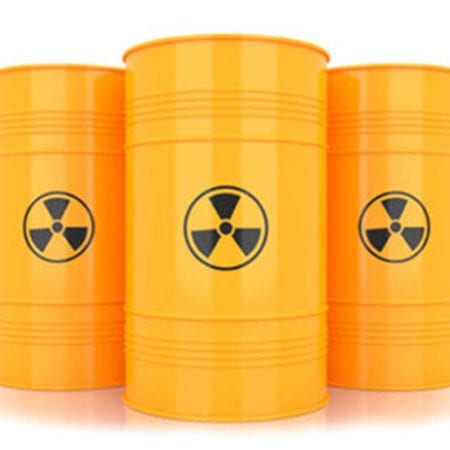Dangers of chemical aquatic weed control
Aquatic herbicides, while effective in managing overgrowth of weeds in ponds, lakes, and waterways, pose significant risks to both the environment and human health, as well as the overall health of your lake or pond. The question of how to manage an invasive species is not a simple one. These toxic chemicals often do more harm than good, poisoning not just the intended invasive species but multiple native species as well.
The DEP requires certified applicators to use chemicals, however, sometimes private citizens use them and can easily damage or destroy a lake or pond. When reading an herbicide label, they use difficult language, intimidating chemical names and ominous warnings which are hard to understand.
Once in the aquatic ecosystems, herbicides may reduce environmental quality and influence essential ecosystem functioning by reducing species diversity and community structures, modifying food chains, changing patterns of energy flow and nutrient cycling and changing the stability and resilience of ecosystems.
The risks of using chemicals can never be eliminated. Treating a pond with herbicides during the hot summer months is risky, because at this time of year dissolved oxygen concentrations tend to be lower and weed biomass higher.
Health Risks of Aquatic Herbicides
Chemical aquatic herbicides can pose various health risks. Some herbicides have been associated with toxicity to aquatic life, including fish, algae, and invertebrates. Moreover, laboratory toxicity studies on animals have shown that high levels of certain chemicals in aquatic herbicides can cause adverse health effects. Farm ponds are often used as a water source for livestock, whose milk or meat will be consumed, and if herbicides are overused, that can lead to negative health effects for humans.
Environmental Impact of Aquatic Herbicides
The environmental impact of aquatic herbicides is considerable. They can contribute to air, water, and soil pollution, with harmful chemicals potentially ending up in waterways where they can kill fish and other aquatic life. Additionally, pesticide runoff into rivers and streams is widespread, with the potential to harm aquatic ecosystems. Chemicals kill not only target species, but native species as well, leading to an imbalance of plant to dissolved oxygen levels across your lake or pond. Additionally, the long-term use of herbicides can reduce the stability and resilience of aquatic ecosystems. Ecosystems become less capable of recovering from disturbances, such as climate changes and storm events.
Safer Alternatives to Chemical Aquatic Weed Control
Fortunately, there are safer, more sustainable alternatives to chemical herbicides. These include methods such as using a shading system such as the Lake Bottom Blanket, hand pulling or cutting weeds, or mechanical methods such as a weed harvester.
In summary, while chemical aquatic herbicides can control weed overgrowth, their use carries risks that must be carefully considered. When chemicals are applied, they are spread throughout the water instead of targeting certain areas. Safer alternatives exist that can help maintain a healthy ecosystem without the adverse effects associated with chemical herbicides for your lake or pond, and eliminate the health risks to humans, animals, fish and fowl.
Case Studies on the Impact of Aquatic Herbicides
There are several case studies that have examined the impact of aquatic herbicides on the environment and health. These studies highlight the importance of understanding the behavior, transformations, and effects of chemical agents like herbicides in the environment and on various organisms. They underscore the need for careful consideration and management of herbicide use to protect both environmental and human health.
Long-term Effects of Herbicides on Aquatic Ecosystems
The long-term effects of herbicides on aquatic ecosystems can be significant and multifaceted. They may reduce environmental quality and influence essential ecosystem functioning by reducing species diversity and community structures, modifying food chains, changing patterns of energy flow and nutrient cycling, and changing the stability and resilience of ecosystems.
Once you apply an herbicide, it kills all the weeds over a two-week period, and phosphorous increases with the amount of decaying organics in the water, thus creating an increase in different types of algae, especially blue/green algae, resulting in fish kills, odors, and mats of surface algae due to a lack of oxygen in the water. Not all plants are bad, and there must be a healthy ratio of plants to water to keep your lake or pond healthy.

